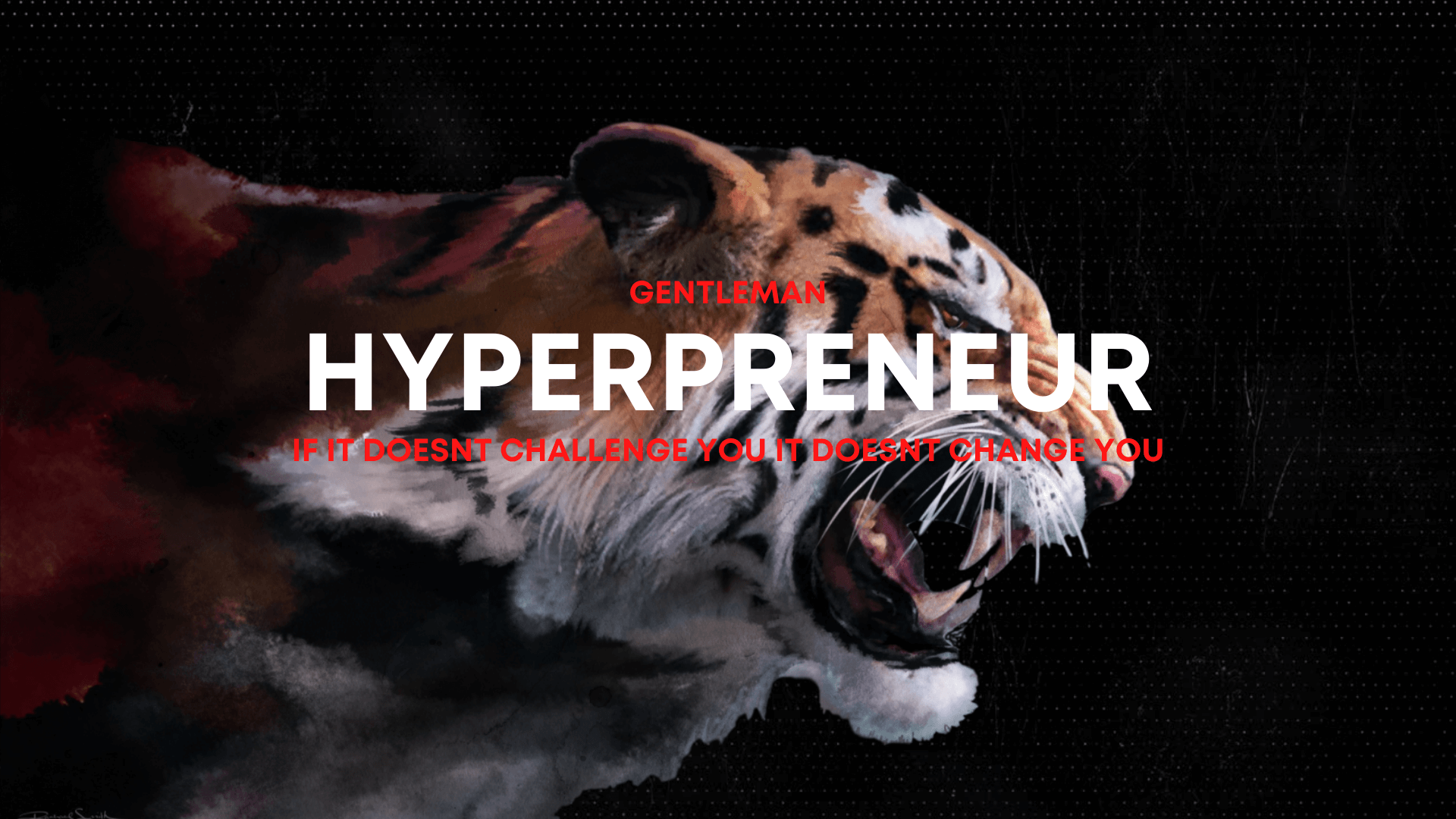Word Count:
1036
Summary:
Algorithm. A set of rules that a search engine uses to rank the pages contained within its index in response to a particular query. No search engine reveals exactly how its algorithm works, to protect itself both from competitors and from those who wish to spam the search engine.
Back links. These are links to a website from external sources, including other web pages, directories, and advertising.
Banned. When pages are removed from a search engine’s index because the …
Keywords:
search engine optimization,SEO,search engine optimisation,search engine marketing,se marketing
Algorithm. A set of rules that a search engine uses to rank the pages contained within its index in response to a particular query. No search engine reveals exactly how its algorithm works, to protect itself both from competitors and from those who wish to spam the search engine.
Back links. These are links to a website from external sources, including other web pages, directories, and advertising.
Banned. When pages are removed from a search engine’s index because the search engine has deemed them to be spamming, or violating one of the search engine’s other rules.
Click-through rate. How many people clicked on a link, as a percentage of the total number of people that saw the link.
Cloaking. The act of serving content to search engine spiders that is different to what normal visitors would see. Search engines will ban you if they find you doing this.
Contextual links. Contextual links are displayed on web pages when the content on the page indicates to an ad server that the page is a good match for specific keywords or phrases.
Conversion rate. The percentage of visitors to a website who buy something.
Cost per click (CPC). A system where an advertiser pays an agreed amount for each click someone makes on a link leading to their website.
Cost per mille (CPM). A system where an advertiser pays an agreed amount for the number of times an ad is seen, regardless of how many people actually click through. The ‘mille’ refers to one thousand viewings of the ad.
Crawler. A component of a search engine that gathers listings by automatically ‘crawling’ the web, following links to understand how pages are connected.
De-listing. This is when pages are removed from a search engine’s index, usually because they haven’t been updated for a long time.
Directories. A type of search engine where listings are gathered by humans, rather than by automated web crawlers.
Doorway page. A web page created in the hope of improving another page’s ranking in a search engine’s listings. Doorway pages don’t give much information to the people viewing them.
Graphical inventory. Banners and other ads that appear depending on the keywords a page contains. This includes pop-ups, browser toolbars and rich media.
Index. The collection of information a search engine has that searchers can query.
Landing page. The web page that a visitor reaches after clicking your search engine listing.
Link popularity. A count of how ‘popular’ a page is based on the number of other pages that link to it.
Link. A link is text that you can click on to go to another website, or another page on the same website.
Listings. The information that appears on a search engine’s results page in response to a search.
Meta-search engine. A search engine that returns listings from two or more other search engines, instead of using its own index.
Meta tags. Tags placed in a web page’s code that pass information to search engine crawlers, browser software and some other applications.
Meta description tag. This meta tag allows pages to provide descriptions to search engines.
Meta keywords tag. Allows authors to add text to a page to help with the search engine ranking process.
Meta robots tag. Allows page authors to keep some web pages from being indexed by search engines. Similar to a robots.txt file.
Natural listings. The listings that search engines do not sell. Instead, sites appear solely because a search engine believes it is important for them to be included, regardless of payment. Note that paid inclusion listings are still treated as natural listings by many search engines.
Outbound links. Links on one website that lead to other websites.
Paid inclusion. An advertising program where pages are guaranteed to be spidered and included in a search engine’s index in exchange for payment.
PPC. Pay-per-click – means the same as cost per click (CPC).
Paid listings. Listings that search engines sell to advertisers, usually through paid placement or paid inclusion programs.
Pay-for-performance. A term popularized by some search engines as a synonym for pay-per-click. It stresses to advertisers that they are only paying for ads that “perform” in terms of delivering traffic, as opposed to CPM-based ads, where ads cost money even if no-one clicks on them.
Paid placement. An advertising program where listings appear in response to particular search terms, with higher rankings typically obtained by paying more than other advertisers.
Rank. The order in which web pages are listed in search engine results.
Reciprocal link. A ‘link exchange’ in which two sites link to each other.
Results page. The page that appears after a user enters their search terms.
Robots.txt. A file used to keep web pages from being indexed by search engines.
Search engine. A service designed to allow users to search the web, or another database of information.
Search engine marketing (SEM). Marketing a website using search engines, whether you’re improving your ranking in natural listings, purchasing paid listings or some combination of the two.
Search engine optimization (SEO). Altering a website so that it ranks higher in the search engines.
Search terms. The words a searcher enters into a search engine’s search box.
Shopping search. Shopping search engines allow shoppers to search the web for products and their prices.
Spam. Any search engine marketing method that a search engine decides is detrimental to its efforts to deliver relevant search results.
Spider. See crawler.
Submission. The act of sending a URL to a search engine, for inclusion in its index.
XML feeds. A process in which information about a page is fed to the index without using a crawler, for example using RSS.
The best advice is to follow a good search engine promotion system. Keep track of when you submit your sites and how soon they’re indexed — checking once a week is sufficient.
Ranking systems can be confusing and there are often complex factors involved, but you do not need to be an expert in the field to achieve top results. Take a chance – after all, you have nothing to lose.
Many thanks to Danny Sullivan, Kevin Lee, Ikonya Nginyo, and all the other volunteers who contributed.
Eli Logan is an award winning entrepreneur with more than 15 years of experience emphasizing sales, marketing, and innovation in the Energy, Engineering, Transportation, Motorsports and Face To Face Marketing Industries. Eli is highly innovative with excellent relationship building skills as evidenced by the successful formation and operation of 24 business units resulting in 16.4 Billion in economic impact for his clients.

